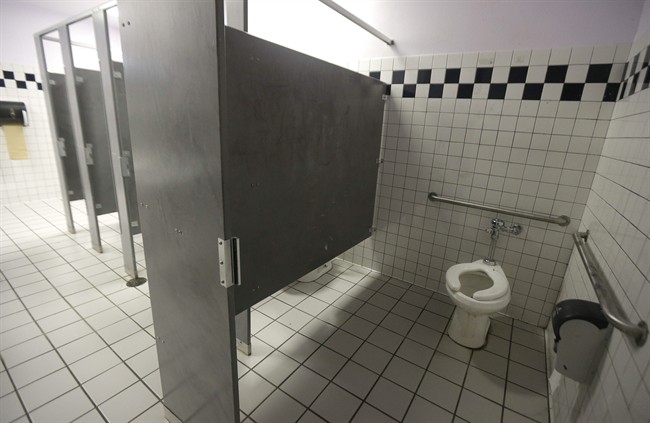Statistics Canada will be taking a somewhat creative approach to figuring out how much pot Canadians are actually consuming after the drug is legalized this summer.

Namely, testing the wastewater we flush down the toilet.
The agency issued a call for tender for the work on Monday morning, noting that wastewater in “perhaps 15 or 20” municipalities across the country will be tested on a monthly basis for “cannabis metabolites” and unnamed “other drugs.”
WATCH: Blair says people concerned about timeline of pot legalization are ‘misinformed’

The analysis is expected to start before marijuana is legalized this July, and continue in the months following legalization.
It could provide the agency with a more accurate estimate of how much of the drug is actually being consumed than could be obtained through a traditional survey.
“It’s really important to start with good baseline data,” said former Toronto police chief Bill Blair, who is now parliamentary secretary to the minister of justice.
“So we’ve asked for the help of Statistics Canada to gather a lot of that data … we are committed to continue to measure, continue to evaluate and continue to respond to the evidence.”
The consumption of drugs leaves behind biomarkers in human waste. As toilets are flushed across communities, the levels of those markers in the wastewater rises.
“The supplier will be responsible for assisting municipalities in the implementation of appropriate sampling techniques, in performing the analyses, and in communicating the results to the agency,” the tender documents note.
Statistics Canada is not revealing which other drugs may be tested for in the wastewater, or which cities will be targeted in the initiative.
READ MORE: Canadian military to spend up to $170K on goggles that mimic a pot buzz
“Statistics Canada has approached a number of municipalities and large population centres in multiple regions across the country to enlist their participation in the pilot project wastewater analysis,” the agency said in an emailed statement.
“A number of municipalities have agreed to participate, covering several million inhabitants. The agency is working towards finalizing agreements with municipalities who have agreed to participate in the pilot exercise.”
This idea isn’t a new one. Similar studies and programs in Europe have proven quite effective at measuring the levels of drug use in various cities, detecting everything from marijuana and methamphetamines to ecstasy and cocaine.
Last April, Swedish public broadcaster SVT reported that wastewater collected from city sewers in the country was being sent to a lab for analysis, with scientists measuring the presence of cocaine, marijuana and methamphetamines.
WATCH: Marijuana legalization will impact employers and the public

The technology was said to be highly precise, even revealing the approximate number of doses of cocaine and marijuana residents of the city of Gävle consumed on Christmas Day.
Statistics Canada says it is modelling its approach on the European one, specifically the methodology used by the European SCORE network (Sewage analysis CORe group – Europe).
Samples are taken at various wastewater treatment centres, the agency said, and then combined for average measurements. The samples are refrigerated, documented and sent to a laboratory for analysis, with the results fed into a model “to arrive at an overall estimate of prevalence (of drugs) per person.”
According to Statistics Canada, the advantage of the data-collection program is that it’s relatively cheap, places no burden on individual respondents, doesn’t involve confidential data and gives government the ability to detect short-term trends and geographic patterns.
– With a file from Mike Le Couteur


Comments